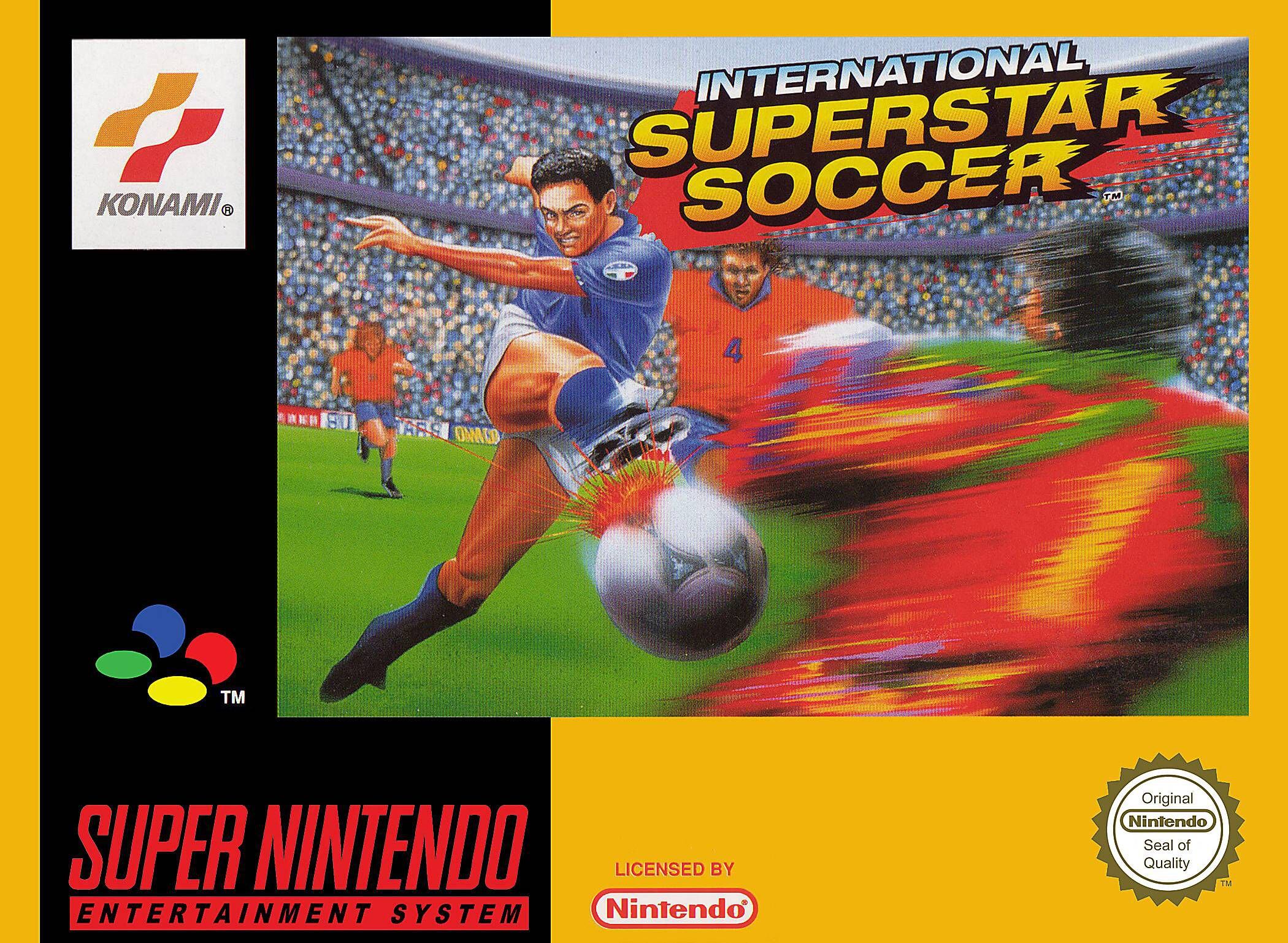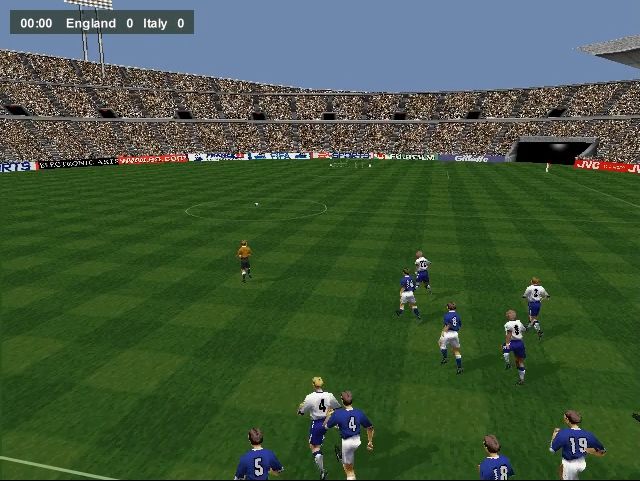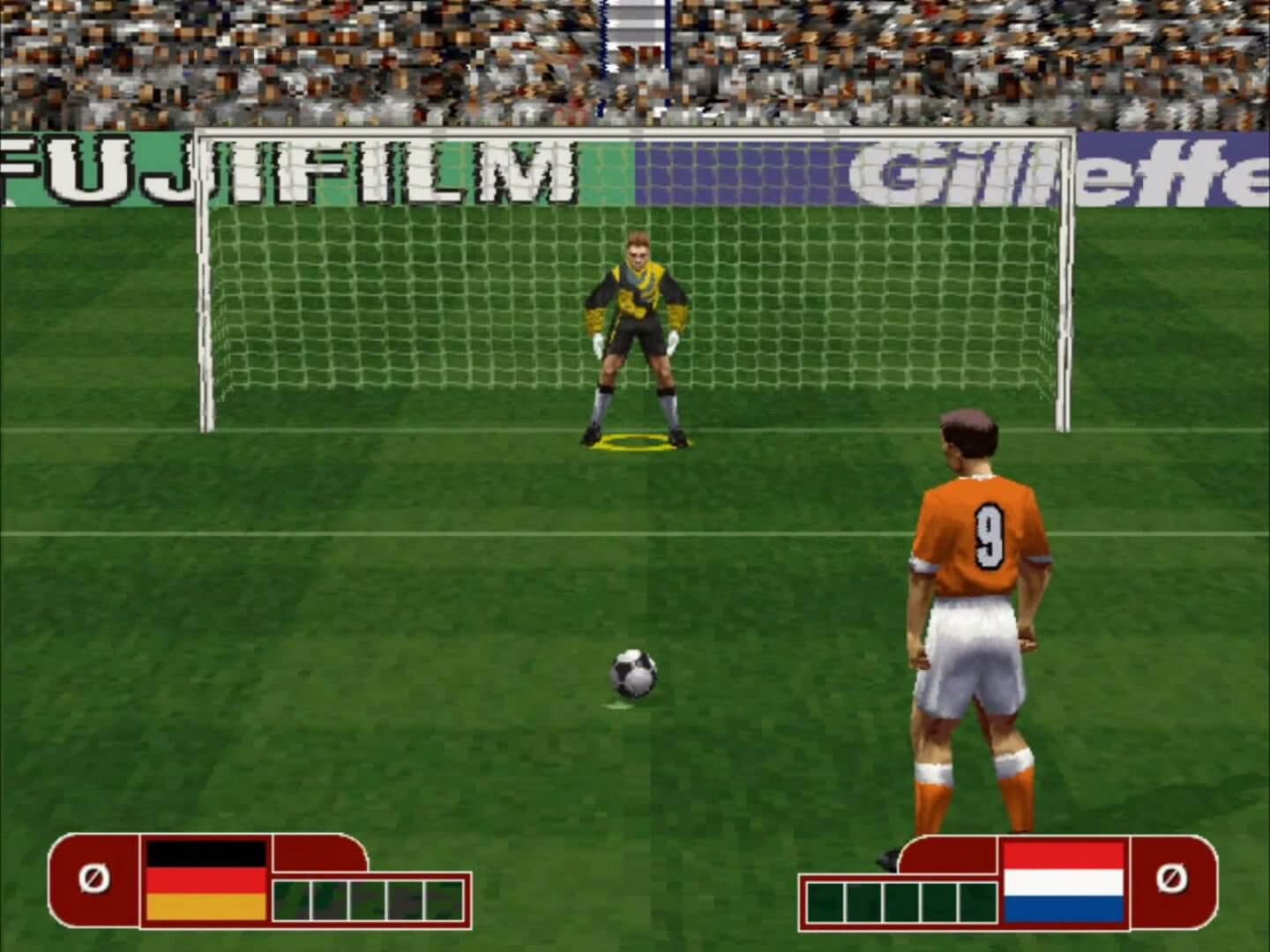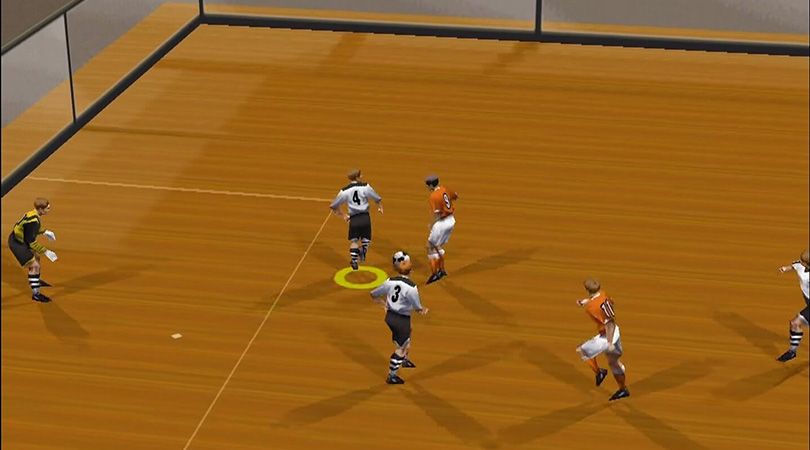It’s the year 1998, video games are nothing new at this point, but they are still a relatively new industry that seems to be developing and growing exponentially- especially in the western world. In fact, it seemed like video games were ready to challenge the status quo from any angle, and FIFA 1998 was no exception.
With the excitement of the World Cup capturing the hearts of people everywhere, EA sports sought out to not only capitalize on this opportunity, but also, completely revolutionize the entire sports genre of video games.
For context, much like other sport games, football video games were held back by the technological limitations of the time. It was so hard to accurately represent the realistic nature of sports via the pixelated constraints of video games, so, most companies ended up conceding their pursuit of realism and opted for a more ” fictionalized” version of the sport. This approach led to the creation of great “arcade” video games for soccer. These games had exciting gameplay coupled with the eye-catching 2D artwork and was truly the pinnacle of what could be achieved with the technology available. However, it was evident that players craved more- and EA knew this.

With International Superstar Soccer being the golden standard of football video games in this arcade era of football games, EA were eager to push their, arguably struggling, FIFA series to the crown.
FIFA 1998: Road To the world cup, had greater attention to detail than any of its predecessors. It was the very first N64 title to use the console’s medium resolution modeI. It was also EA’s first officially licensed world cup game, so it was obvious that they were not going to be cutting any corners.
The graphics had been refined with the utmost quality, with developers carefully crafting the 3D polygons to represent each player of every FIFA registered team (184 at the time) uniquely- something so ambitious that it’s currently no longer being done in the modern versions of the game today.

It was the first time they implemented motion captured movement- for both gameplay and otter novelties (like warming up, stretching, injuries, etc.). They tailor-made replicas for the real-world counterparts of national stadiums, made new sound effects, installed play-by-play commentary and even added weather effects that had a direct impact on the gameplay (eg, if it was raining the ball movements reflected the relevant physics). Also, for the first time in a FIFA game, the offside rule is accurately implemented.

However, the most interesting addition to the game was the incorporation of other game modes as alternatives to the traditional classic match. Players now had “mini games” in the forms of practice drills, timed challenges and other variations of the game- like an indoor/walled game mode.
While this multitude of new features and attention to detail may have come at the cost of some of the gameplay experience, as some players noticed heavy lag during moments of the game when a lot of players were present on screen, FIFA 1998 paved the way to a new era of sports video games.

The reviews, impressions, and feedback from this game all pointed to the same thing: The immersive experience, rather than the gameplay itself, was what gamers seemed to value most in these games.
Intuitively, that makes sense. At the end of the day, football is football- an already established game. As a game developer, it would be questionable to challenge the rules of the very game you are trying to replicate. So, you divert your attention and resources to perfecting the experience of the game.
The common arguments: “FIFA is just a recycled game” or “They release the same game every year.” definitely have some ground to stand on. However, one cannot deny the gargantuan impact the developing graphics and features have had on the game over the years. It is the little things, like the physics of grass to details of the fan’s expressions, that have accumulated to the realistic game we are familiar with today.


As well, the features of game modes in FIFA 1998 are the clear ancestors of popular game modes today. The indoor mode inspired the FIFA street game mode, the training drills have resulted in a practice arena and skill games, and the overall adaptation of mini games are what led to the creation of Ultimate Team and Pro Clubs.
It is also worth mentioning that FIFA 98 was also the first of the series to feature a licensed soundtrack. This was incredibly popular with fans, as the “spirit” of the game was now present in moments when they weren’t physically playing on a console, but also, whenever they were listening to sad songs. This implementation has created a culture in the current games that is so instrumental in FIFA’s community. In fact, there are press releases these days regarding the revelation of each game’s official soundtrack, as fans are eager to find out which of their favorite artists feature in their beloved game. This is no surprise, as music has always played a pivotal role in the footballing world, with world cup anthems being especially significant.

FIFA 1998 broke the barrier between the arcade style representation of sports games and was the spearhead for why sports games are now categorized as “simulation games”. Its attention to detail on the other factors of a video game and not just the gameplay mechanics (However, that’s not to disregard their importance) highlighted the need to attend to every aspect of a game and their consumer’s overall experience, and was ultimately why FIFA 98 transcended from being just another soccer game.
These days, simulation games are so realistic that the same sports video games are even categorized into their own sports: E-Sports. With the emergence of new and more immersive technology, such as VR and AR, it is interesting to consider what comes next in the world of sport video games. While FIFA 1998 is, debatably,the first game to push through the norms of the sports genre, it’s safe to say that it will certainly not be the last.

